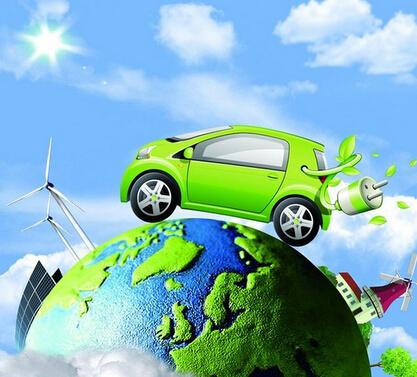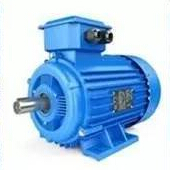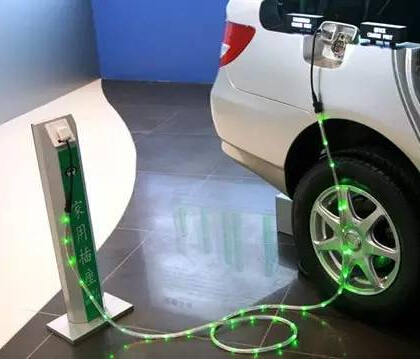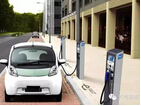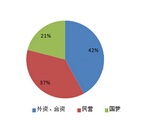Under the general environment of the new crown pneumonia epidemic, China's auto industry has also ushered in a severe "winter" season. The good news is that the May automobile production and sales in May have increased month-on-month and year-on-year, which proves that China's automobile industry is recovering . On the other hand, the recovery rate of my country's auto market is slow, which also reflects that my country's domestic consumer confidence is insufficient.
It is worth noting that the production and sales of new energy vehicles in May continued the month-on-month growth momentum, and the sales growth rate was more obvious. In May, the production and sales of new energy vehicles were 84,000 and 82,000, respectively, up 3.5% and 12.2% from the previous month, and down 25.8% and 23.5% from the same period last year. Consumer confidence is insufficient. The new energy vehicle market is gradually picking up.
In May this year, China's automobile production and sales were 2.187 million and 2.194 million, respectively, an increase of 4% and 5.9% from the previous quarter, and an increase of 18.2% and 14.5% from the same period last year, respectively. Increase by 15.9 and 10.1 percentage points. Among them, the production and sales of passenger cars were 1.66 million and 1.674 million, respectively, an increase of 4.5% and 8.9% from the previous quarter, and an increase of 11.2% and 7.0% from the same period last year. Negative to positive.
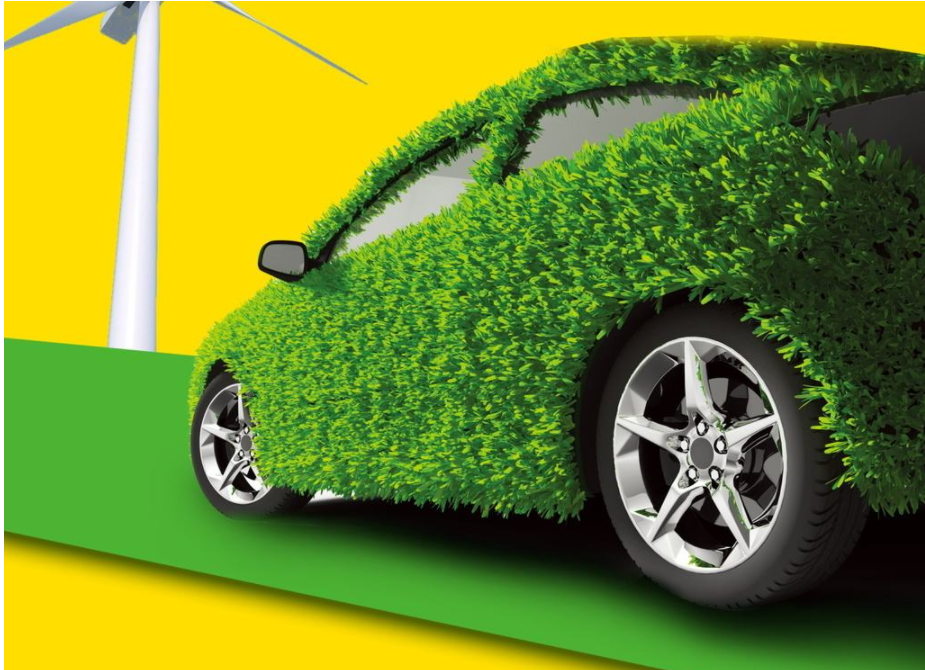
With the development and application of new technologies such as big data and artificial intelligence, the performance and services of automobiles are constantly improving. "Our L3 level automatic driving system has completed tens of thousands of scene matching tests and 50 million kilometers of road tests." Changhua Automobile President Zhu Huarong said that in traffic congestion scenarios, the system can support unmanned driving up to 40 kilometers per hour. Experts believe that new technologies will make cars more "smart" and bring new consumption growth points.
"Beijing and other cities have a great demand for cars." Ye Shengji said that in the second half of this year, Beijing plans to issue 20,000 new energy indicators to "car-free households" at a time. Although it has a positive effect, it has objectively limited effects. All localities should implement the policy of steady growth and promotion fees issued by the central government to "relax" purchase restrictions, especially the policies for new energy vehicles should be greatly relaxed. At the same time, we must make more efforts in infrastructure construction such as urban planning, road facilities, traffic management, and parking lots to promote the coordinated development of automobile consumption and urban construction.
















 RCCN WeChat QrCode
RCCN WeChat QrCode Mobile WebSite
Mobile WebSite